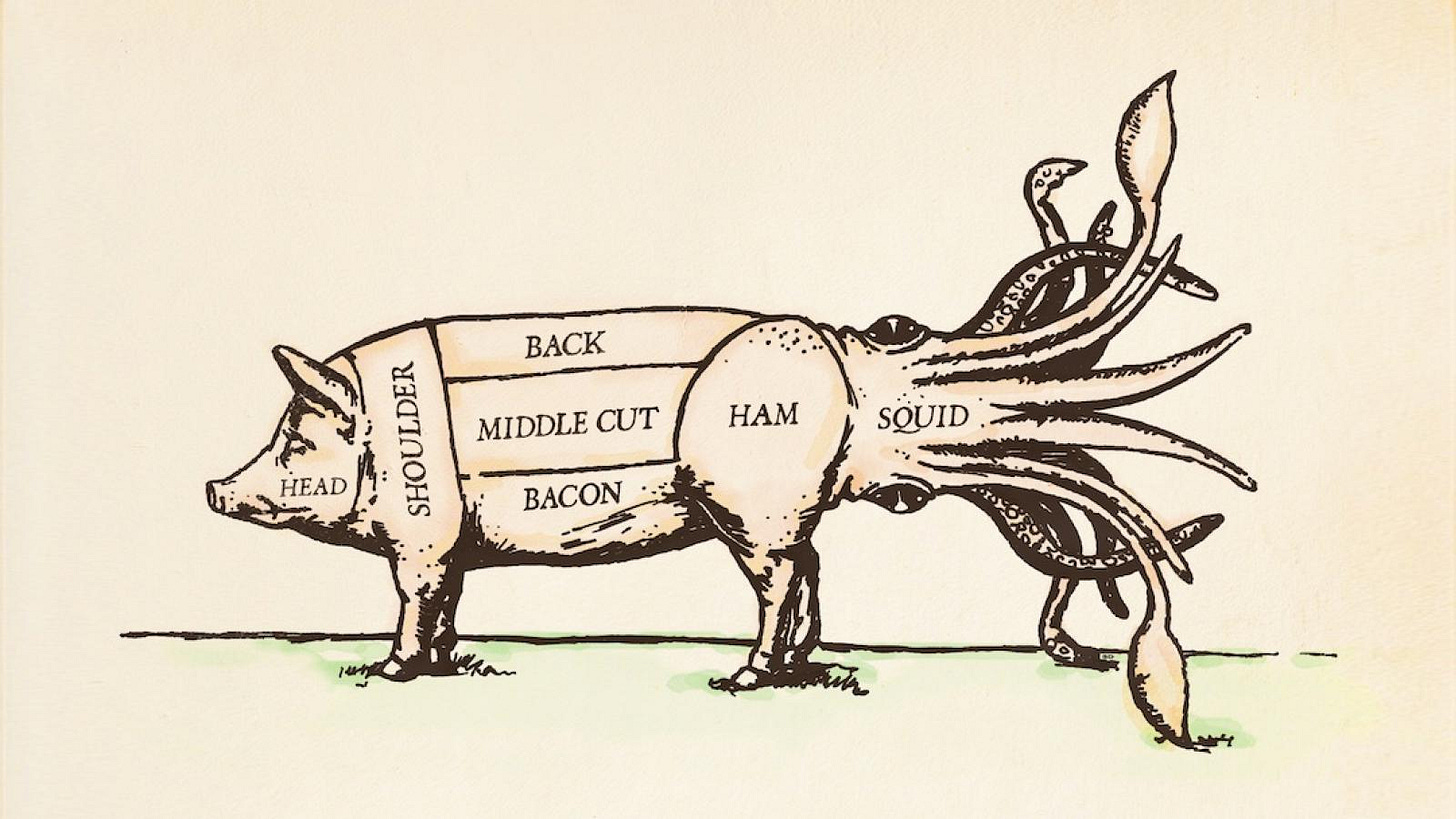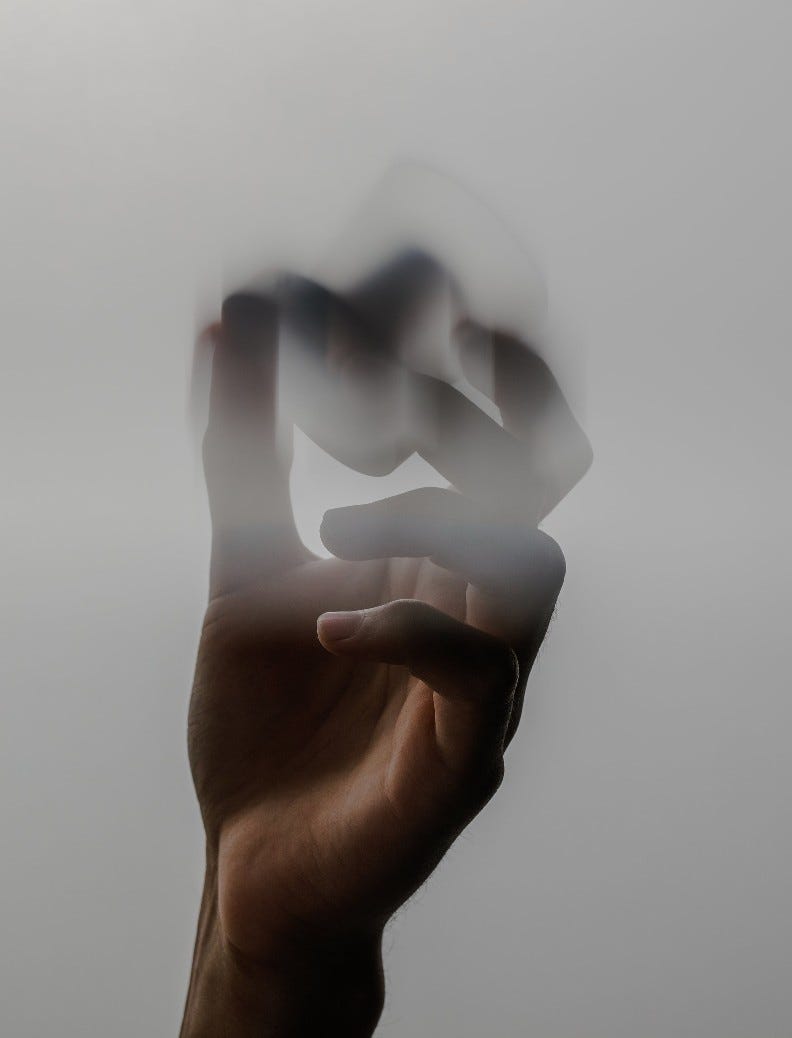The Weekly Exhaustion Index 🔥June 16, 2025 (Edition #16)
A weekly report on burnout, overwork, and the quiet rebellion against productivity culture.
Welcome to The Weekly Exhaustion Index 🔥
If BURNT unpacks the roots of burnout, The Exhaustion Index tracks it in real time—because exhaustion isn’t just personal, it’s global. Each week, I break down the biggest conversations on work, rest, and productivity, so you don’t have to doomscroll your way to enlightenment.
Think of this as BURNT’s news section—minus the wellness clichés, plus some sharp, necessary critiques. Let’s get into it.
This week, we’re talking about:
📖 The mental cost of just trying to exist inside a broken immigration system
🎧 Fake calamari, evil twins, and the laugh you didn’t know you needed
📊 Why 4 out of 5 workers are mentally checked out, and what that’s costing us
🚩 How chasing inbox zero keeps you stuck in productivity purgatory
💬 The difference between temporary pain and a lifetime of numbness
🎨 And the plush toy empire taking over the internet, one creepy little fang at a time
Let’s get into it.
📆 Week of June 16, 2025
1️⃣ Must-Read: The Article You Need This Week
📖 “The Dire Mental Health Effects of Restrictive Immigration Policies” – Rosalind Ghafar Rogers, PhD
We talk a lot about burnout in white-collar jobs. But what about the mental cost of simply trying to exist inside a broken immigration system?
Last week, as ICE raids sweep through Los Angeles, detaining workers in factories, construction sites, and parking lots, protests have erupted. People are marching. Families are disappearing. The trauma is real. And it’s unfolding in real time.
That’s what makes this article by Dr. Rosalind Ghafar Rogers so urgent. She details how punitive immigration policies, like detention, deportation threats, legal limbo, and family separation, don’t just disrupt lives, they dismantle mental health. PTSD, depression, chronic anxiety, even suicidal ideation are common among migrants navigating this system.
What’s happening in the U.S. isn’t new. It’s just more visible. The fear, isolation, and exhaustion are part of a national pattern, and they have long-term consequences on health, families, and entire communities. If you care about mental health, you have to care about immigration. This is what structural burnout looks like.
2️⃣ Listen to This: A Podcast That Gets It
🎧 “Doppelgängers” — This American Life, Ep. 484 (feat. Fred Armisen)
This episode is absurd in the best way possible. Fred Armisen joins Ira Glass as guest host, and their chemistry alone is worth the listen. It's weird, smart, and genuinely hilarious—the kind of brain break you need when the world feels like it's burning.
It opens with a tip about a meat plant allegedly selling pig intestines as fake calamari, and yes, they actually investigate it. But from there, it spirals (delightfully) into stories about doppelgängers, doubles, evil twins, and mistaken identity.
In a week full of burnout, ICE raids, and systemic chaos, this is levity without detachment. It reminds us that laughter is not a distraction, it’s survival.
3️⃣ Insight of the Week: Did You Know?
📊 79% of employees say they feel disconnected from their jobs, and it’s costing us $438 billion a year in lost productivity. (Gallup, 2025)
Let that sink in: nearly 4 out of 5 people are showing up to work while mentally checked out. They’re on Zoom, they’re in the Slack channels, they’re updating the deck, but they’re not in it.
And this isn’t about “laziness” or lack of grit. This is the result of extractive, performative workplace cultures that demand output but offer no purpose. That overvalue urgency and under-resource people. That confuse control for leadership.
Disengagement isn’t a vibe problem, it’s a system failure. One that quietly bleeds billions in productivity and leaves millions feeling like ghosts inside their own careers.
And the worst part? Most companies won’t notice until people are already gone.
4️⃣ Productivity Myth to Unlearn
🚩 “Inbox zero is the goal.”
Inbox zero sounds noble, until you realize it’s just a game of whack-a-mole with no finish line and no actual reward. You clear ten emails and get fifteen more. You respond immediately and train people to expect urgency over intention.
Your email is not your job. It’s a tool, not a metric of your value. And yet so many of us organize our entire workday around managing other people’s priorities in real time... with the illusion that an empty inbox means we’re “caught up.” You’re not caught up. You’re caught in.
The truth? Inbox zero is a feeling, not a number. You don’t need to be available 24/7.
5️⃣ Quote of the Week: Something to Sit With
💬 “It takes courage...to endure the sharp pains of self-discovery rather than choose to take the dull pain of unconsciousness that would last the rest of our lives.” — Marianne Williamson
The sharp pain is the breakdown. The clarity. The uncomfortable truth you’ve been avoiding.
The dull pain is the performance. The detachment. The slow death of staying quiet, staying small, staying asleep.
One hurts now. The other hurts forever. Choose wisely.
6️⃣ Just Because: Something I Can’t Wrap My Head Around
🎨 Labubu Me Crazy
I don’t get it, but obviously, a lot of people do. Labubu, this creepy-cute, fang-toothed plush toy from Hong Kong artist Kasing Lung….is everywhere. From blind-box fever to accessory attaché, it’s popped off in a way that feels like the next Beanie Babies or Furby, but on steroids.
Here’s the data:
The line pulled ¥6.3 billion (~$870M) in sales in just the first half of 2024
Limited drops sell out in minutes, with collectors flipping pieces for hundreds or thousands, even a life-sized Labubu fetched $150K at auction
Even the meme token version, “$LABUBU,” hit a $600K+ market cap on crypto platforms, even though it’s basically fan art powered by FOMO
Explain that to me: a shaggy, gnarly, toothy monster toy has become a global cult object?! Celebs like Blackpink’s Lisa and Rihanna carry them, luxury brands collab with them, and collectors go absolutely berserk.
Why? Is it nostalgia for chaos? A pandemic-era craving for small-scale joy? A rebellion against curated perfection? Or just a collective “Because we can.”
It’s weird. It’s wild. It’s real. And I’m both bewildered, obsessed, and bizarrely fascinated.









